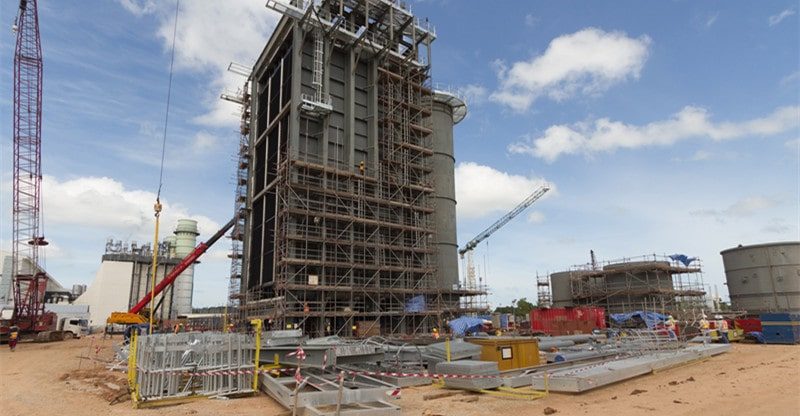What Are the Most Common Toxic Fumes on Construction Sites?
Construction work often requires various dangerous chemicals and substances that produce toxic fumes when used (or misused). Exposure to these toxic fumes can impact health and lead to acute or chronic illnesses.
To reduce the inhalation rate of toxic fumes on construction sites, all workers and visitors must wear face masks. A thick face mask blocks most of the toxic particles from entering the nose or mouth, reducing their potency and associated health consequences.
Understanding and being aware of the many materials and substances that have the potential to emit toxic fumes is essential for construction site owners, managers, and workers alike. Below, we have discussed some of the most common toxic fumes that construction employees may be exposed to when working on-site navigating construction projects.
Carbon Monoxide (CO)
Carbon monoxide is a colorless, odorless gas. It is produced during incomplete combustion of carbon-based fuels, such as gasoline and diesel.
The risk of carbon monoxide is high on construction sites that use combustion engines, generators, or power tools. Inhalation of this gas can cause headaches, nausea, and dizziness. It can be fatal if inhaled in large volumes.
Hydrogen Sulfide (H2S)
Hydrogen sulfide is a colorless gas that is a highly flammable gas. Unlike carbon monoxide, H2S has a strong egg-like smell, so it can be easily detected.
Construction workers may produce hydrogen sulfide when performing excavation work or drilling holes in the ground. Inhaling this gas does more than make you scrunch your nose in disgust. It can lead to eye irritation, respiratory distress, loss of consciousness, and even death in severe cases.
Asbestos
Asbestos isn’t a gas, but it can produce toxic particles that, when inhaled, lead to health problems. Although not banned in the United States, there are strict regulations around its use.
Asbestos fibers are common on construction sites due to the materials workers often use during the construction of large buildings or tunnels. When transferred or disturbed, asbestos can release airborne particles. Long-term exposure to asbestos particles has been associated with an increased risk of lung cancer and mesothelioma.
Ammonia (NH3)
Construction workers are most commonly exposed to ammonia when installing refrigeration systems. Although not highly flammable, tanks of ammonia can explode if heated to very high temperatures.
Ammonia is a corrosive substance that may cause negative health effects if the dose is high enough and the exposure is long-term. When inhaled, ammonia can lead to eye irritation, a sore throat, and respiratory disturbances. In severe cases, ammonia inhalation can lead to permanent lung damage or death.
Ozone (O3)
Ozone is a gas that construction workers may produce when using machinery or power tools that produce high temperatures, such as when they’re welding. When the oxygen molecules (O2) in the air heat up, they may combine and form O3.
When on-site workers inhale O3 particles, they may experience respiratory problems. Those who already suffer from lung-related health issues may notice their symptoms worsen after long-term ozone exposure.



